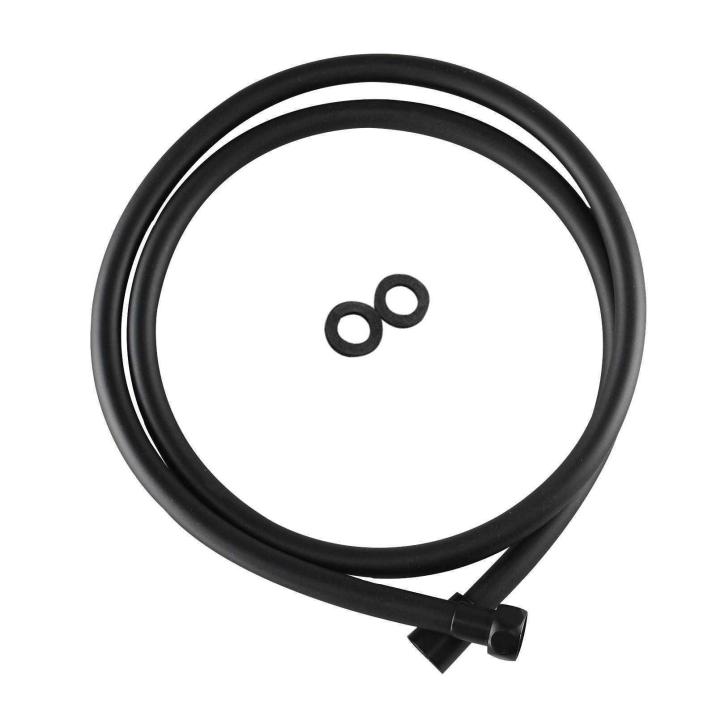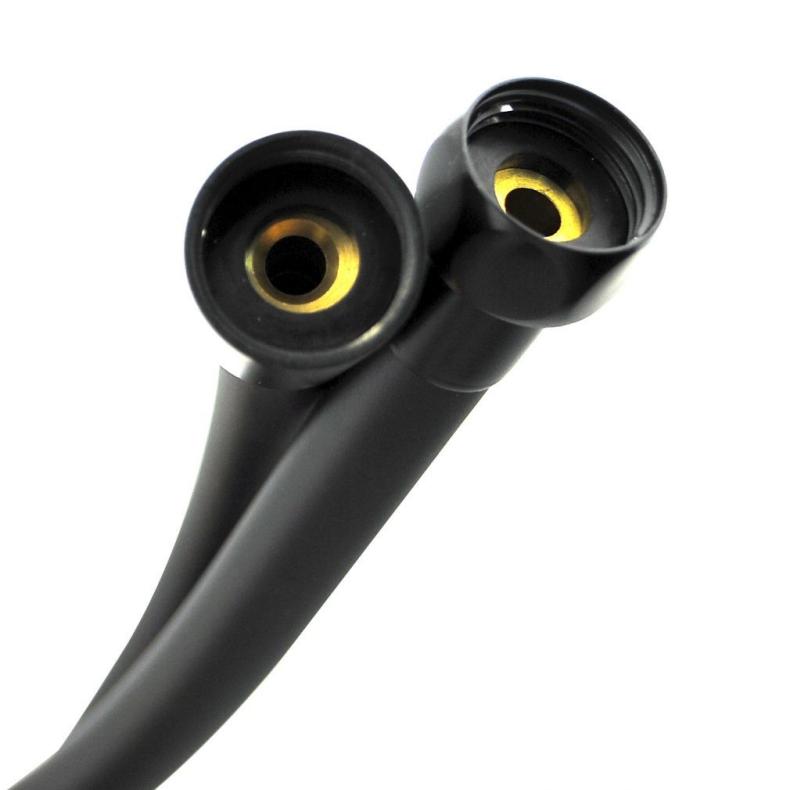The Shower Hose: A Comprehensive Guide
If you're looking for a new shower hose, you've come to the right place! In this blog post, we will discuss the different types of shower hoses available and help you decide which one is best for you. We'll also talk about the common causes of the leaking problems and provide some tips on how to keep it in good condition. So whether you're a first-time buyer or just looking for some more information, read on for all you need to know about shower hoses!

Introduction of shower hose
A shower hose is a device used to connect the shower and water pipes. The size of the shower hose is different, and the shower hose includes a metal hose, braided tube, PVC reinforced tube, etc. Different materials vary greatly, of course, there is no absolute answer to which is better. When purchasing a shower hose, several materials can be compared.
The key points are surface flatness, uniform clearance, smooth hand feel, natural unfolding, firm structure, and strong resistance to damage. The most important point is that the size of the shower hose must be consistent with the shower, the general size is 14mm, 16mm, 17mm, and 18mm in outer diameter.
Types of shower hose
Metal shower hose: The metal shower hose consists of three parts: corrugated pipe, mesh sleeve, and joint. These structures make the metal hose have a certain bearing capacity. Metal shower hose has the advantages of corrosion resistance, high and low-temperature resistance, lightweight, and softness.
Plastic shower hose: Plastic itself is a very light material, so the quality of the plastic shower hose will be very light, which will not cause a burden when used by the elderly and children. In addition, the plastic shower hose is very malleable, does not take up a lot of space, and is very convenient to use.
Rubber shower hose: The rubber shower hose consists of three parts: inner rubber layer, two-layer steel wire braided interlayer, and outer rubber layer. The rubber hose has good bendability, is suitable for high-temperature water flow, has strong flexibility, is very safe and durable, and is reasonably priced.
Possible causes of shower hose leaks

If you find that your shower hose is leaking, there are a few possible causes:
The washers or o-rings inside the shower hose are worn out. These can be replaced easily.
There is a hole or crack in the shower hose itself. If this is the case, you will need to replace the entire shower hose.
The connection between the shower hose and the water pipe is loose. This can be tightened with a wrench.
Shower hose maintenance method
Now that the reasons why shower hoses are prone to leaks are known, proper maintenance is required in everyday use to prevent leaks. Leaks tend to occur where the hose is bent, as these parts are under a lot of pressure and can rupture over time.
Therefore, when using a hand held shower hose, try not to bend it too hard, and remember to hang it when not in use so that it retains its natural shape. Shower hoses should not be used in water temperatures above 80 degrees Celsius, as high temperatures can greatly speed up the aging process and shorten the life of the hose. By following these simple tips, you can extend the life of your shower hose and prevent leaks.
Conclusion
I hope this guide has helped you learn more about the types of shower hoses and what causes them to leak, and how to maintain them daily. Thanks for reading!
Your comment